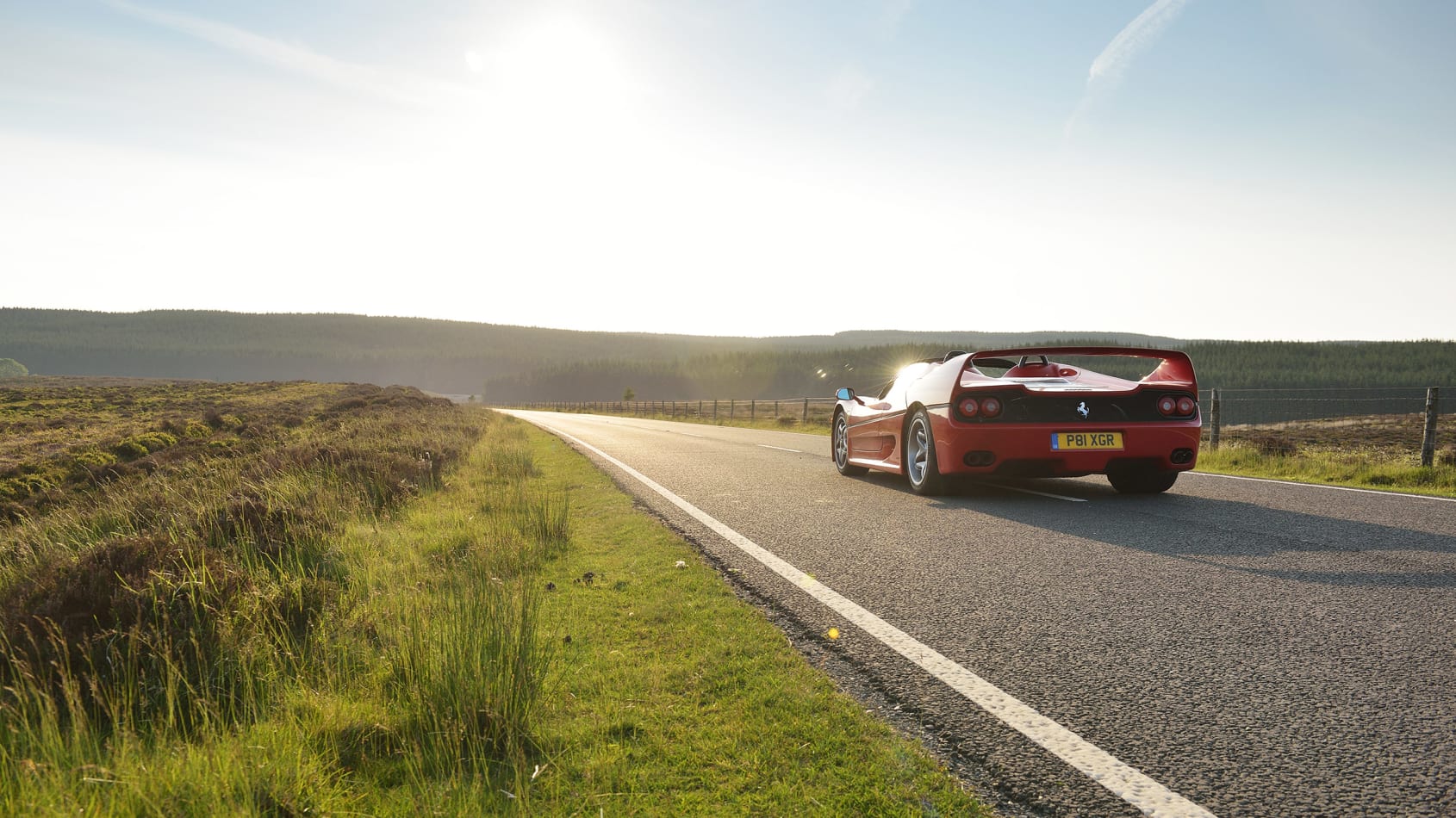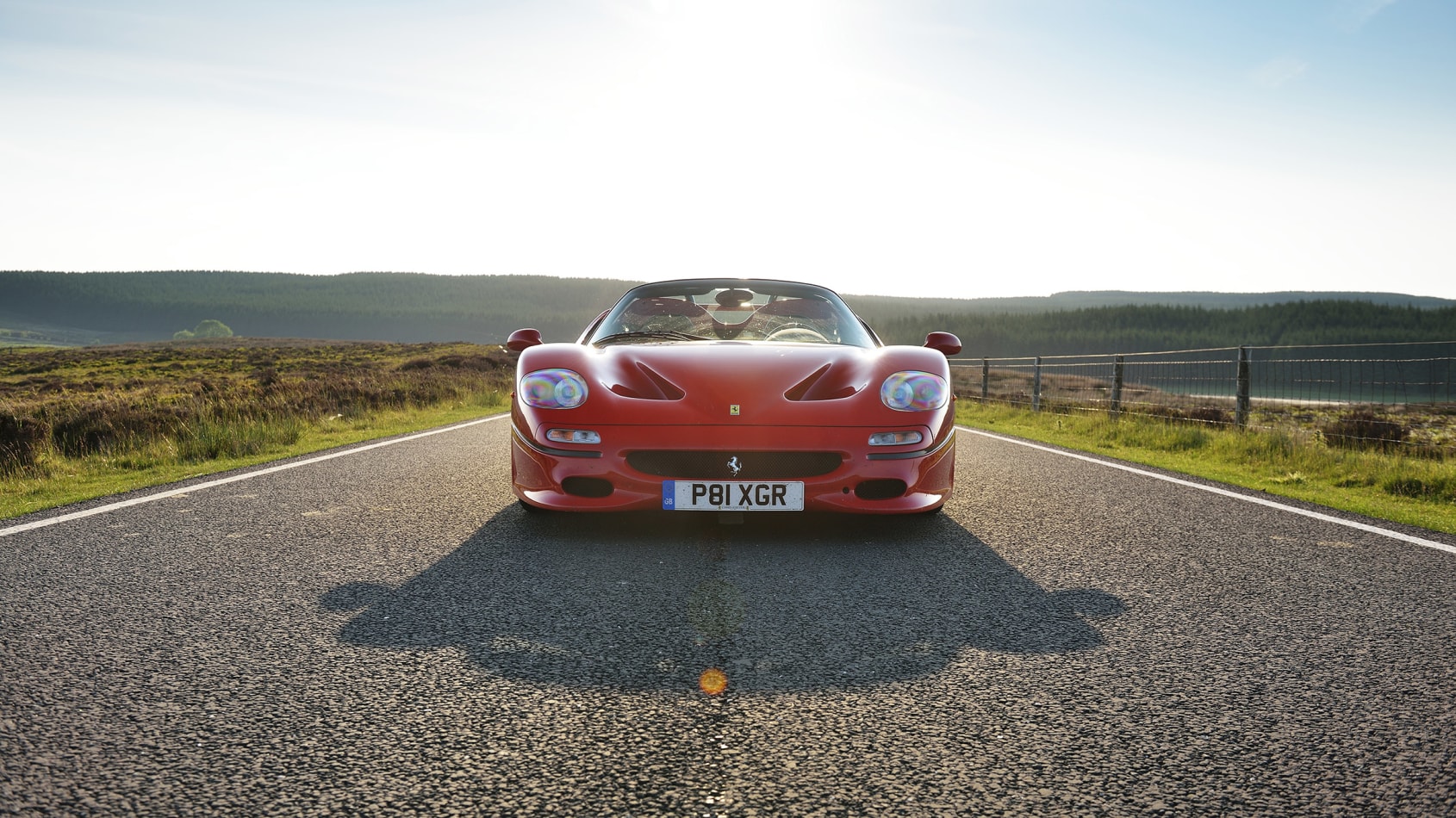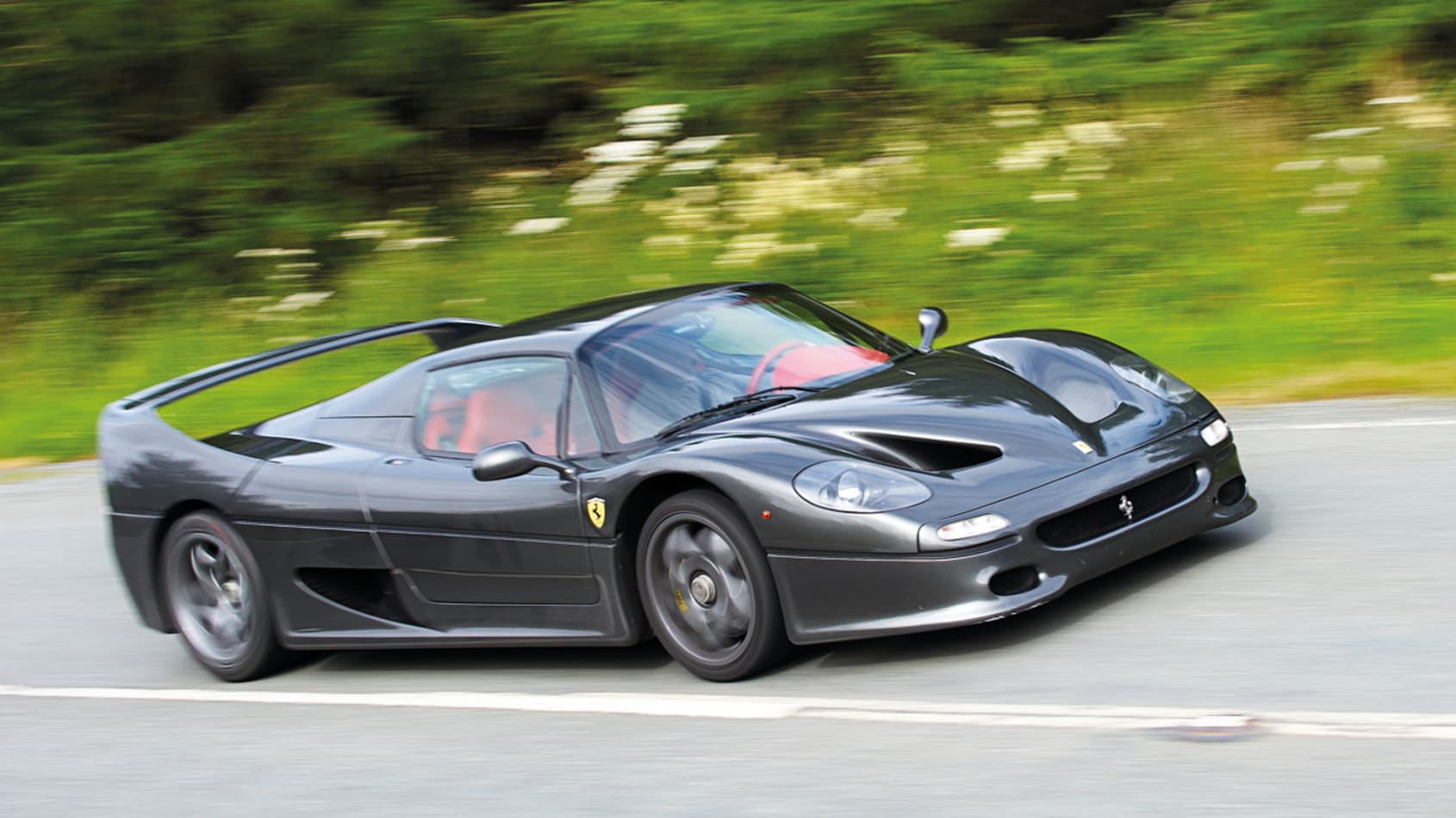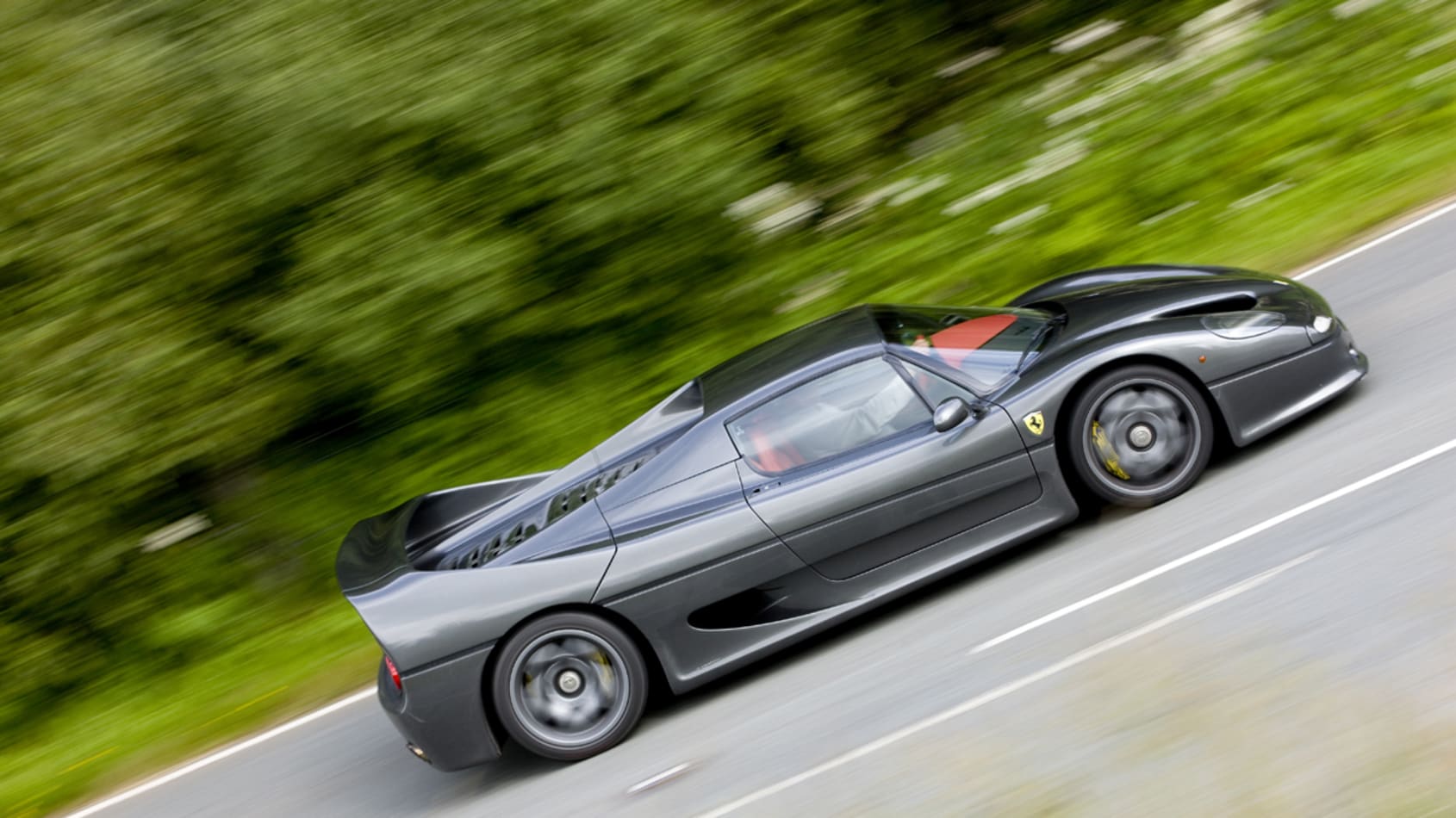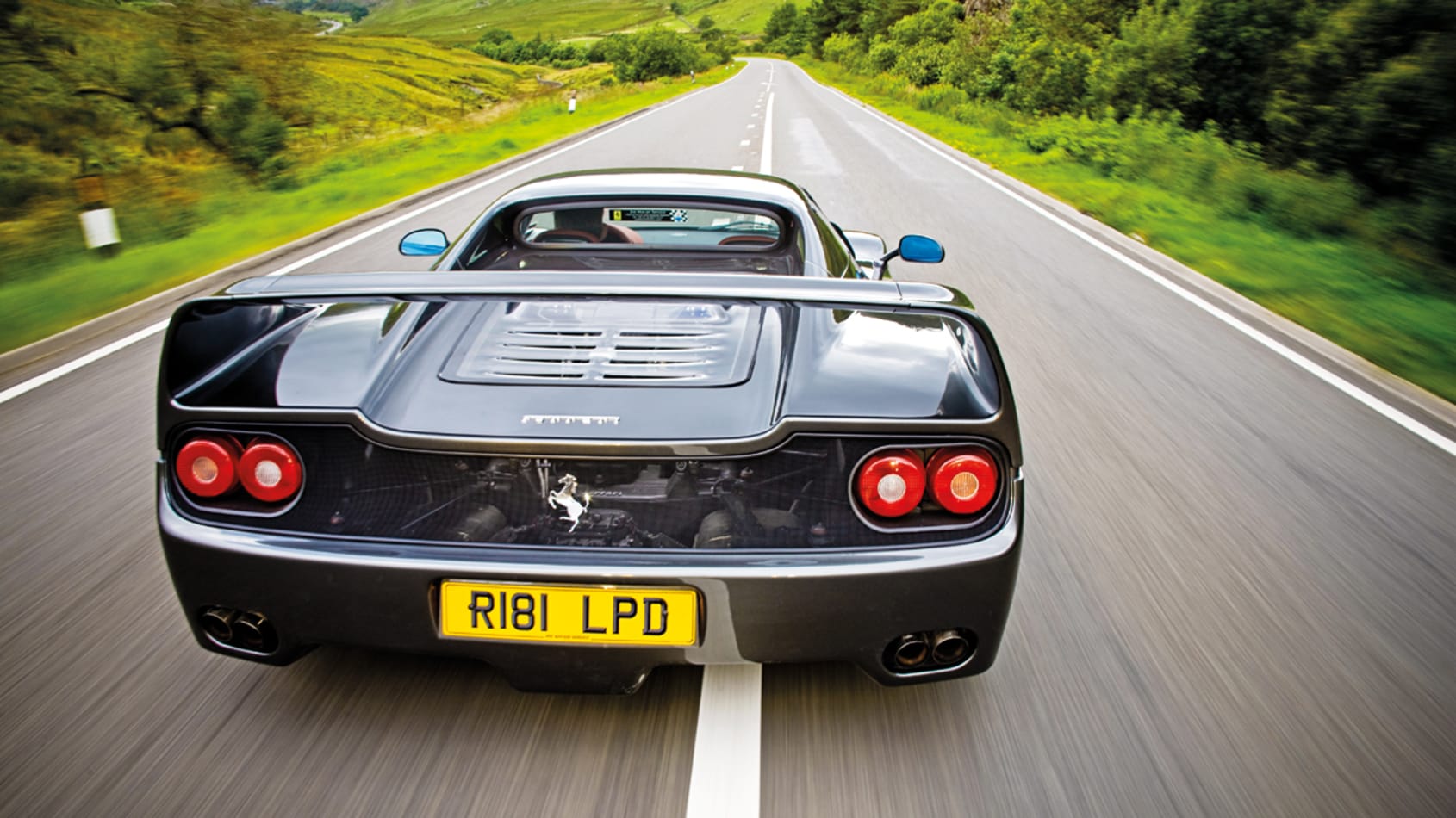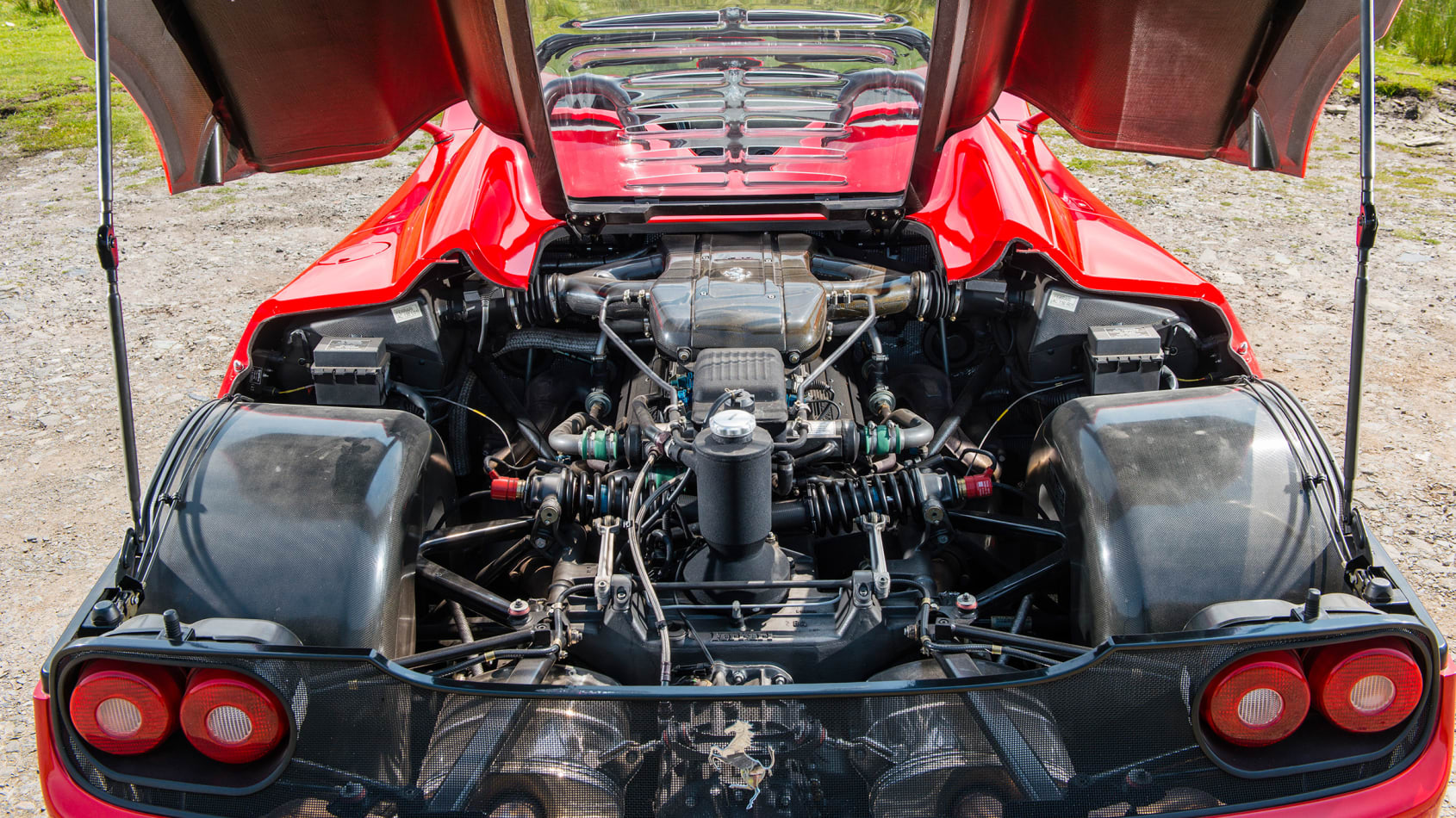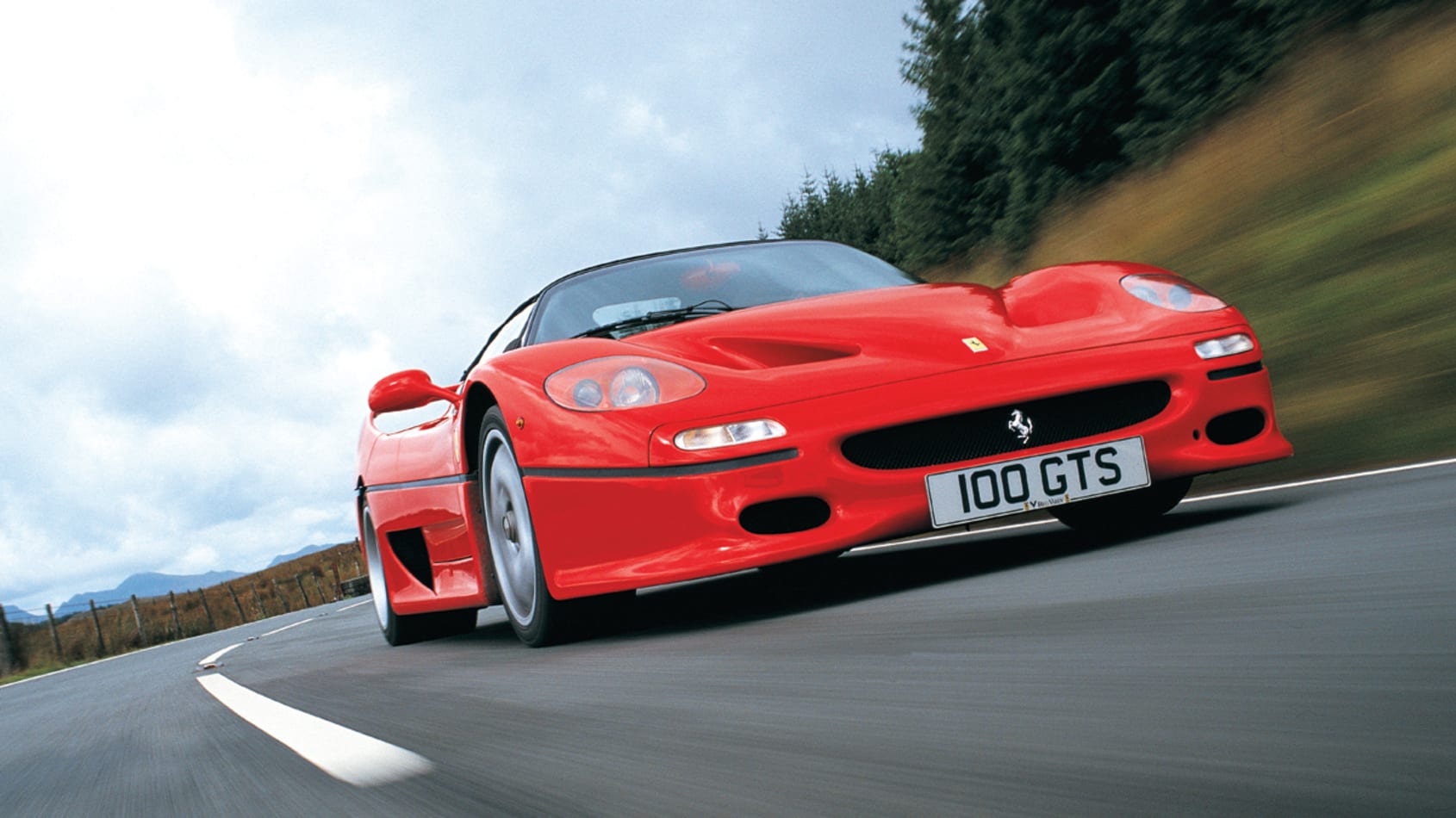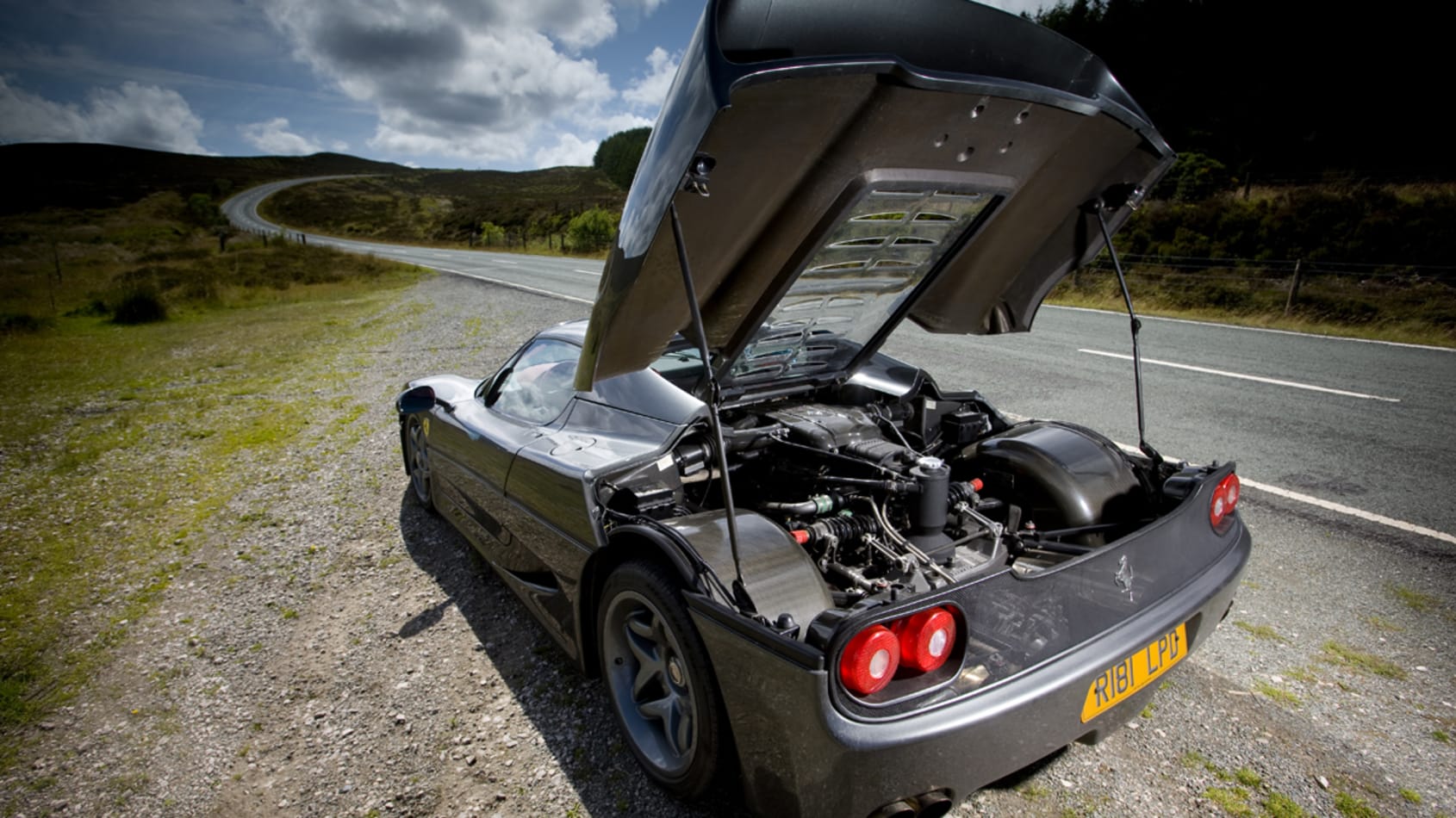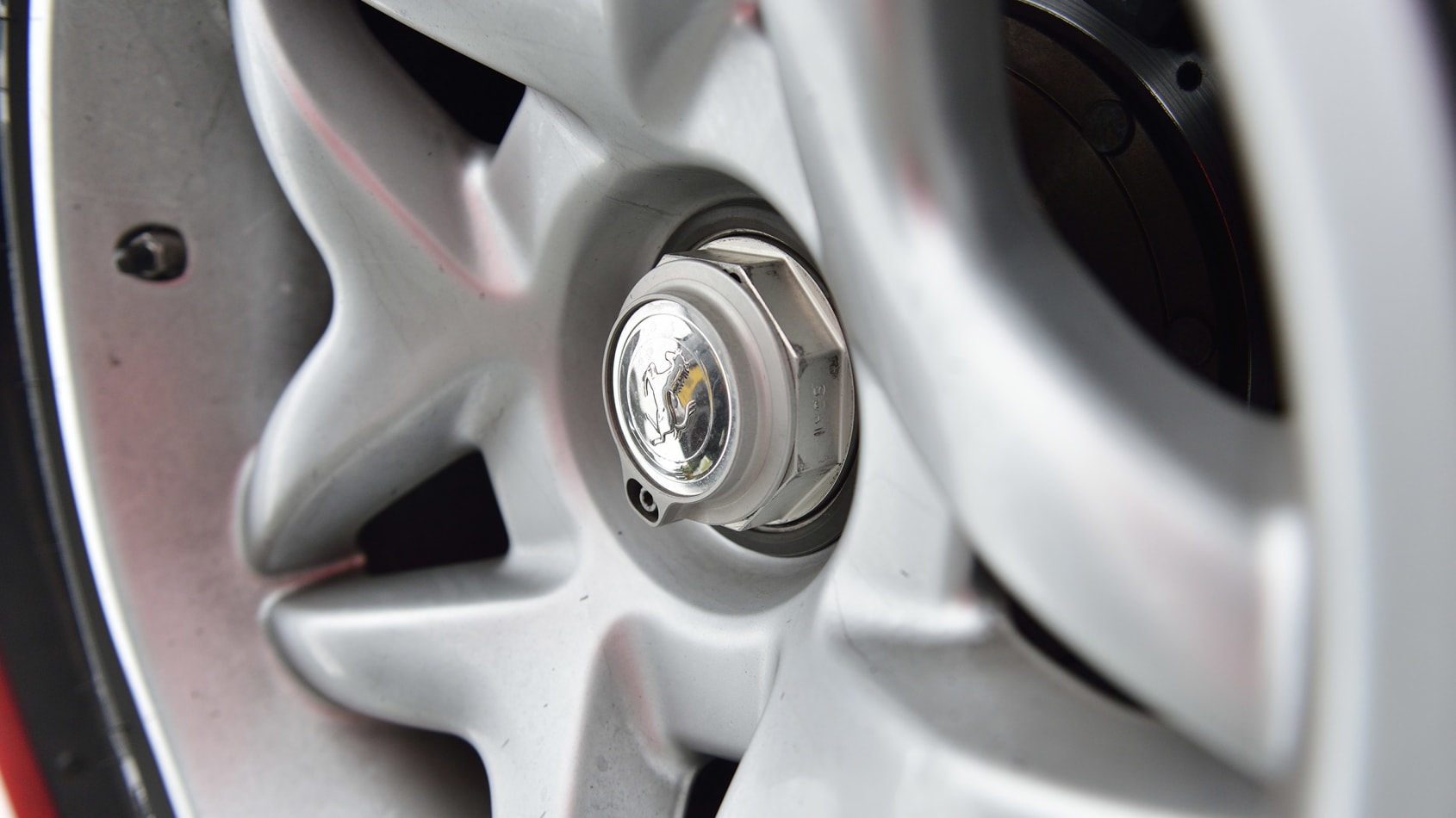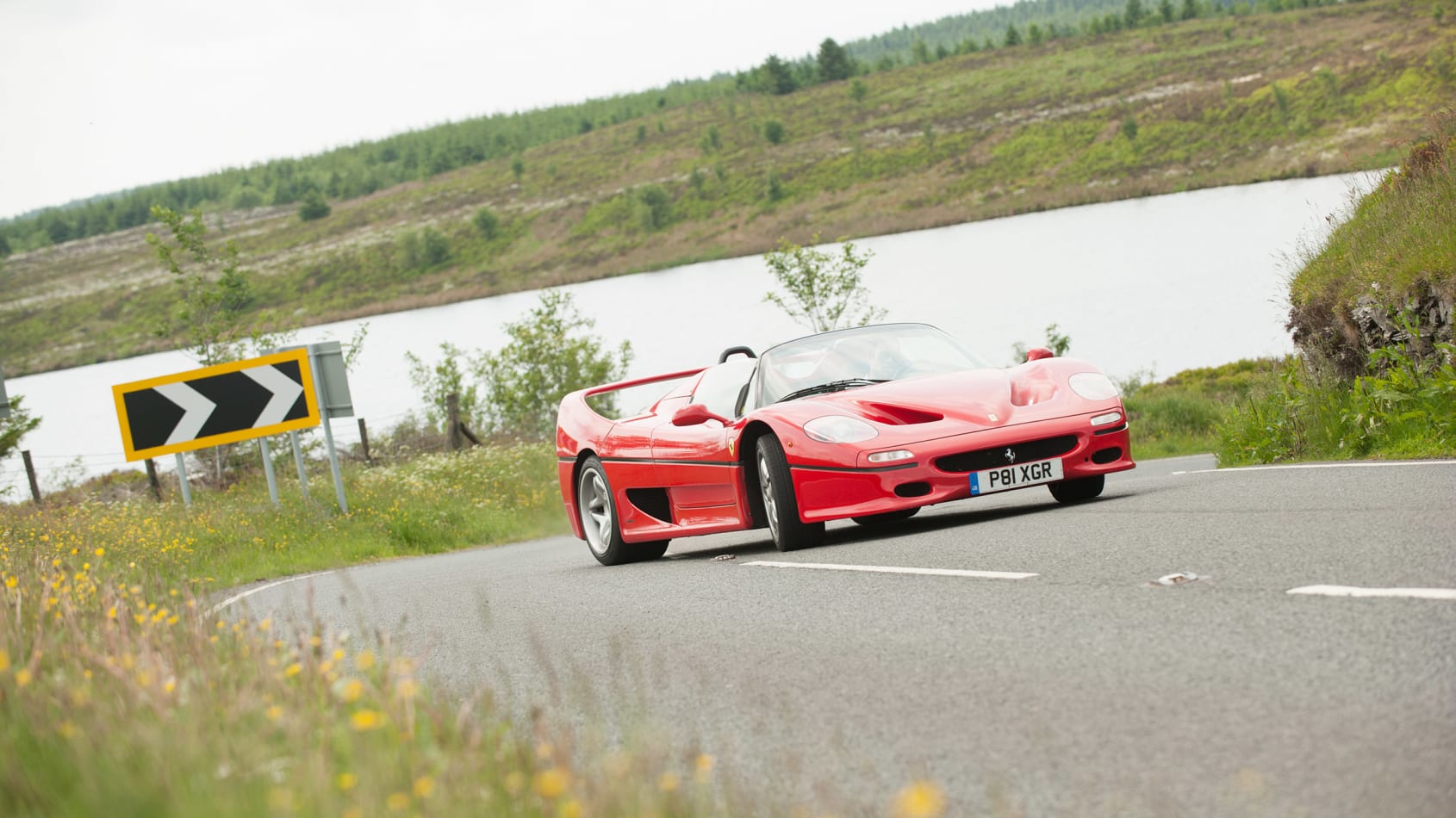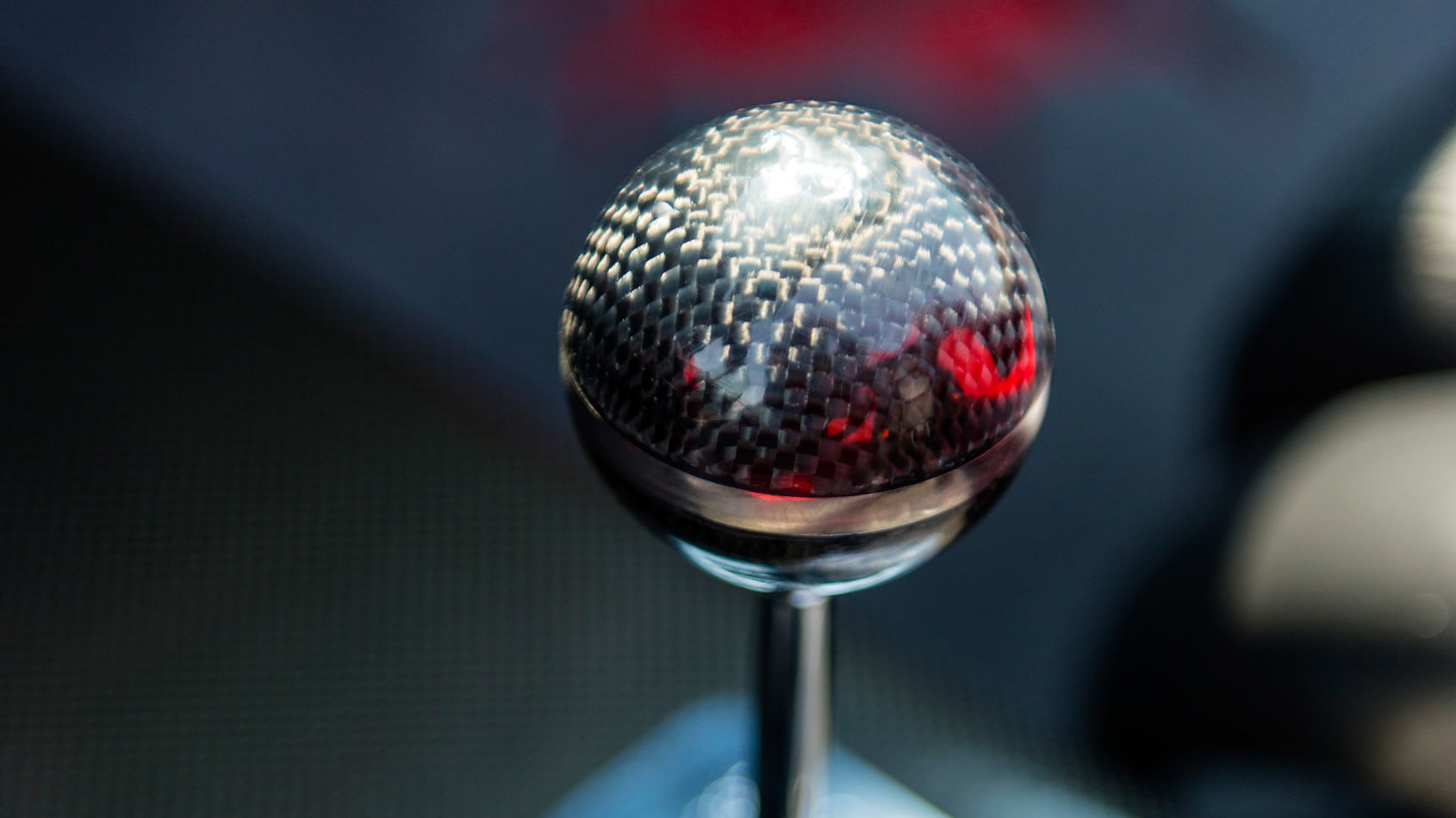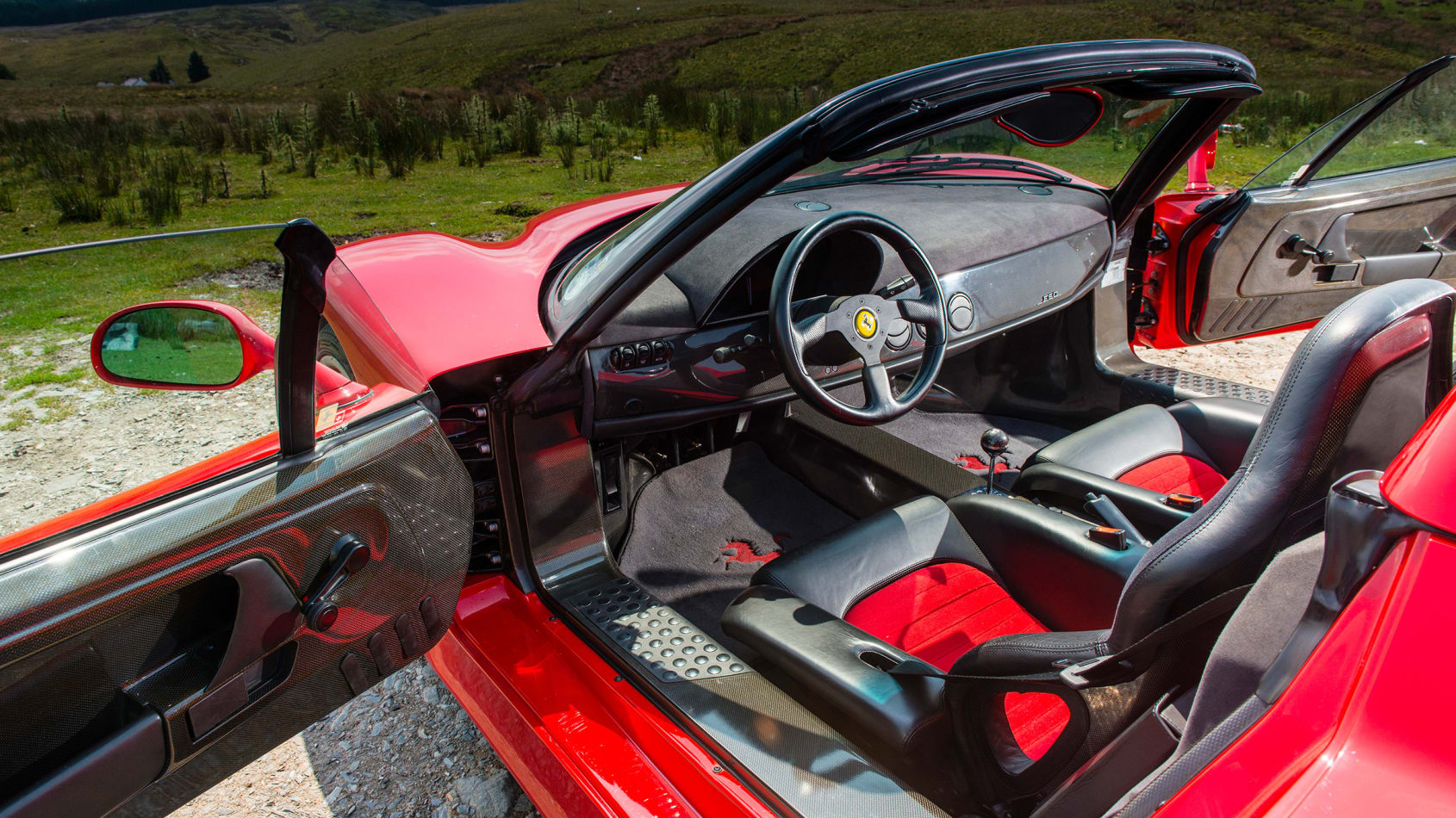This website uses cookies in order to enhance the overall user experience.
Although it might often be overlooked in the list of the best supercars that Ferrari has made, the F50 should definitely be part of the conversation. Yet, it’s understandable to forget it, with Testarossas, Daytonas, Enzos, 288 GTOs, LaFerraris, and F40s all coming from the Ferrari marque as well. In this, the F50 featured between the iconic Ferrari F40 on the one side and the superior Enzo Ferrari on the other – a tough position for any car to be in. And then there’s the Targa panel that could be removed, which has generated the critique that the car might be geared toward showoffs instead of sports car purists.
From Ferrari – to Ferrari
What better than to give yourself a present for your own anniversary? That’s what Ferrari did in 1995 with their F50 when the company was about to turn 50. To be precise, it was when the creation of F50’s ended in 1997 that Ferrari actually had its birthday, but it’s the thought that counts of course. And what a thought it was: the F50 basically represented a Formula 1 car, but then one that was designed to be driven on the regular roads.
The F50’s chassis was made of carbon fiber and filled with F1 technology under the hood – a gated manual gearbox paired with a V12 engine – which established it as a cutting edge racecar at the time. As such, it’s still among the greatest analogue supercars of all time, with only 349 examples being created from 1995–1997. Priced close to £350.000, it wasn’t for the average Joe, and although the financial crisis that hit a decade later lowered its price temporarily, an F50 these days easily sets you back a couple of million euros.
The F50’s specs & mechanics
Indeed, the F50’s precursors such as the F40 and the 288 GTO before that already had V8s that were turbocharged, but the F50’s V12 engine harvested from Ferrari’s Formula 1 car from 1989 took it to a whole new level! The engine’s capacity was expanded to 4698cc in order to increase the torque to 347lb-ft. Moreover, the 513 brake horsepower didn’t need the F1 car’s 14.000 rpm, but was already achieved at 8500 rpm instead. In effect, 0-100km/h takes the F50 only 3.7 seconds, and it’s able to push through to a top speed of 324km/h!
With each bank having twin overhead camshafts, every cylinder containing 5 valves, and Bosch Motronic dry sump lubrication paired with fuel injection and ignition, the F50 wasn’t just a gorgeously sounding and innovative powerhouse, it was also a highly tractable one. In this, it wasn’t just the powertrain, but also the chassis from carbon that came from racetrack technology.
Inside, the passenger cell was made of carbon fiber and was mounted directly by the front suspension, while the tubular substructure was forward facing so the auxiliary equipment and radiator were effectively supported. The passenger cell’s rear was then connected to the engine so it could be a load-bearing structure for the rear suspension and transmission. The engine’s back, in turn, had the differential assembly along with the 6-speed manual gearbox mounted to it. Finally, also suspension of the F50 went according to Formula 1 practices: a wishbone suspension and a pushrod system for the spring and damper units that were mounted horizontally, and integration of an electric damper control system and cross-drilled vented brake discs deprived of servo assistance to optimize the handling of the car.
Ferrari’s F50 Design
Although it was the famous Italian designing firm Pininfarina that crafted the F50’s style, it had a different kind of esthetic compared to its precursors, which can even be a little awkward from certain perspectives. Nonetheless, the F50 is curvy, has various air valves, and an aerodynamic rear wing, but this is all isn’t geared so much toward esthetics as it is to performance. Accordingly, the roof panel can be removed, although there is no place in the car to stow it away, and various carbon composites successfully kept the F50 a lightweight supercar.
The F50’s weight was further kept down through a simple interior design that featured 2 seats made up of leather veneered cloth. Furthermore, while there was A/C and modern instruments such as the illuminated color display in the dashboard, the windows were wound manually. With practicality guiding this design, it’s not too surprising that the F50 had a hard time convincing highbrow fanatics. Yet, any person who got a chance to actually drive the F50 was immediately convinced by the supercar’s insane traction, the direct feel and control, and how surprisingly well it handled – which alone is enough to list it among the analogue time period’s finest supercars.

